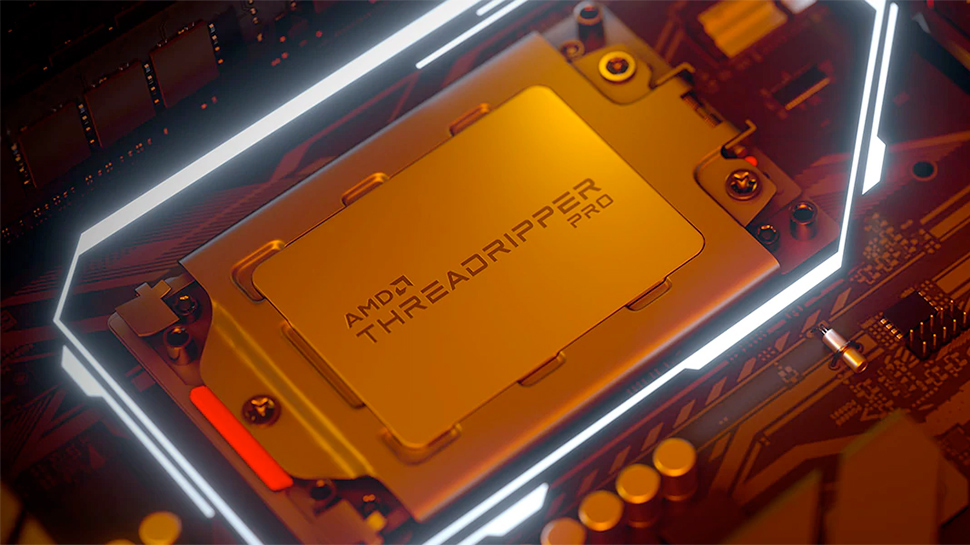
AMD is rumored to launch its next-generation Ryzen Threadripper Pro CPUs sometime this September, so it is not surprising that the company's partners are testing the company's codenamed 'Boulder Gulch' platform along with a 64-core Ryzen Threadripper Pro 7985X processor. Somehow, the performance numbers of the said system's Agisoft Metashape 1.8.5 benchmarks ended up in Puget's public database, revealing details about the eight-channel memory subsystem of the upcoming CPU.
The Boulder Gulch platform discovered by @BenchLeaks features a 64-core AMD Ryzen Threadripper Pro 7985X CPU and comes equipped with 256GB of DDR5-5600 memory using eight 32GB memory modules as well as Nvidia's RTX A5000 graphics card. In fact, the main thing that strikes the eye is that AMD's next-generation Ryzen Threadripper Pro CPUs will feature an eight-channel DDR5-5600 memory subsystem, in contrast to the 12-channel subsystem AMD uses for the EPYC Genoa counterparts.
Truth to be told, we still do not know for sure which socket AMD's next-generation Ryzen Threadripper Pro CPUs adopt, but we can speculate that it is going to use a socket derived from SP6 for EPYC 'Siena' processors, which indeed supports eight DDR5 memory channels. Going SP6 also means the forthcoming Ryzen Threadripper Pro CPUs will top at 64 cores.
Eight DDR5-5600 memory channels will provide AMD's next-generation Ryzen Threadripper processors 358.4 GB/s of bandwidth, which means 5.6 GB/s per core in case of a 64-core CPU, which is a stark contrast with AMD's current-generation Ryzen Threadripper 5000-series processors. The latter has an eight-channel DDR4-3200 memory subsystem with a 204.8 GB/s peak memory bandwidth or 3.2 GB/s per core for a 64-core CPU.
There is a number of reasons why AMD would prefer to equip its next-generation Ryzen Threadripper 7000-series processors with an eight-channel memory subsystem and not opt for a 12-channel memory subsystem featured by the latest EPYC 'Genoa' CPUs. Firstly, it is physically hard to install an SP5 (6096-pin) processor socket onto an E-ATX motherboard. Secondly, it is expensive to route 12 DDR5 memory channels, and it is impossible to install 12 memory slots onto an E-ATX motherboard without reducing the number of available PCIe slots, but expandability is a must-have feature for workstations. Thirdly, it is prohibitively expensive to populate all 12 memory channels.
When it comes to the benchmark results, they don't really show the potential of the next-gen Threadripper. Agisoft Metashape is a program that generates 3D spatial data using photogrammetric processing of images. The software uses GPU acceleration to speed things like depth map calculation, dense point cloud construction, mesh building, and texture generation, so it may not be the best benchmark for CPUs in general. Furthermore, the 1.8.5 version of Metashape is a rather new version, so the closest system we could find with Nvidia's RTX A5000 graphics card was based on Intel's 24-core Xeon w7-3455, so the actual performance numbers that were published do not show the potential of AMD's upcoming workstation CPU.
For now, we're only talking about workstation-oriented Ryzen Threadripper Pro 7000-series processors and not high-end desktop-bound Ryzen Threadripper Pro 7000-series that may have fewer memory channels and/or other peculiarities. Furthermore, remember that the information is preliminary and comes from an unofficial source, so even if it is accurate for now, this does not mean that actual products will have similar specifications.







